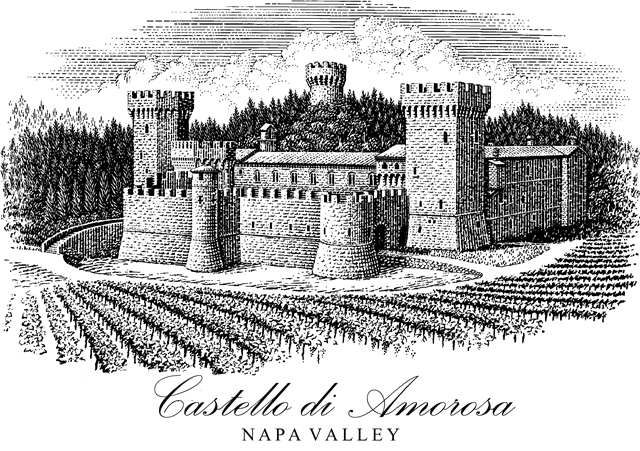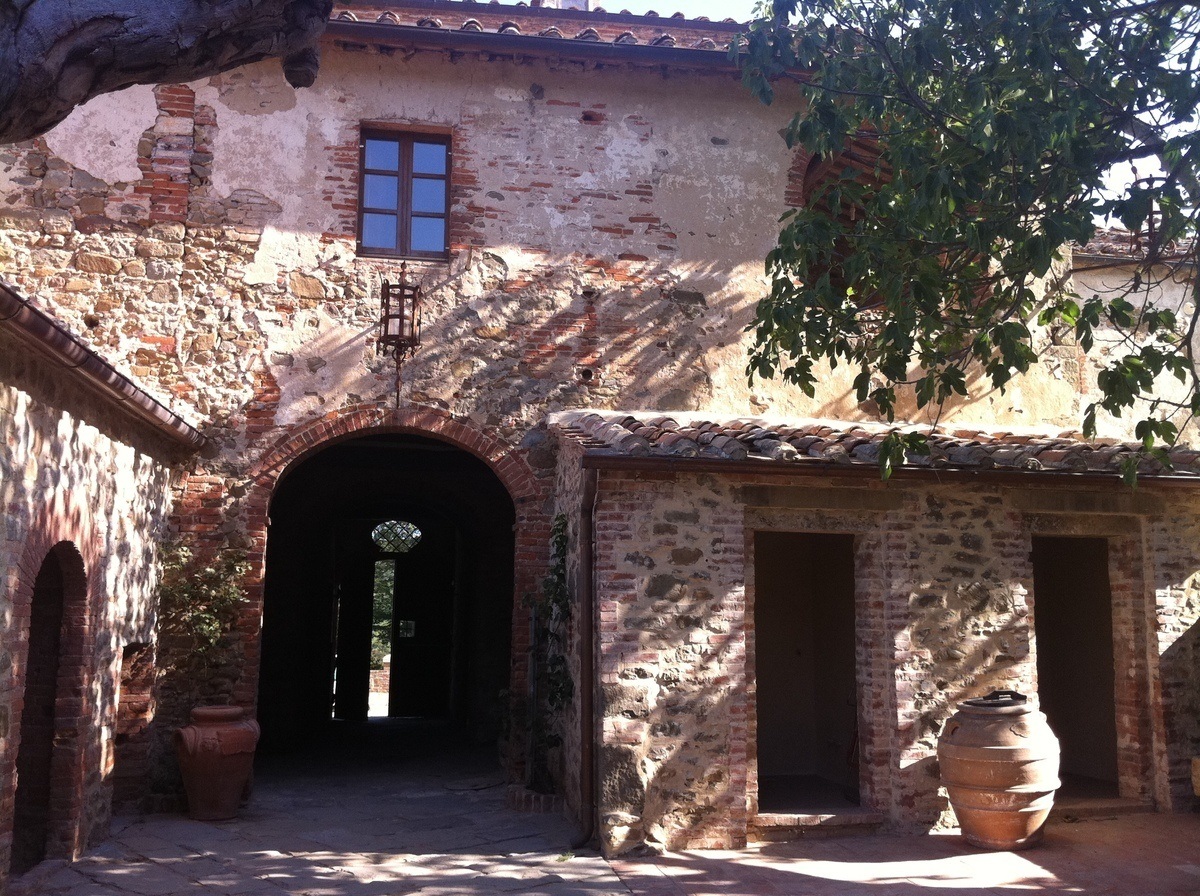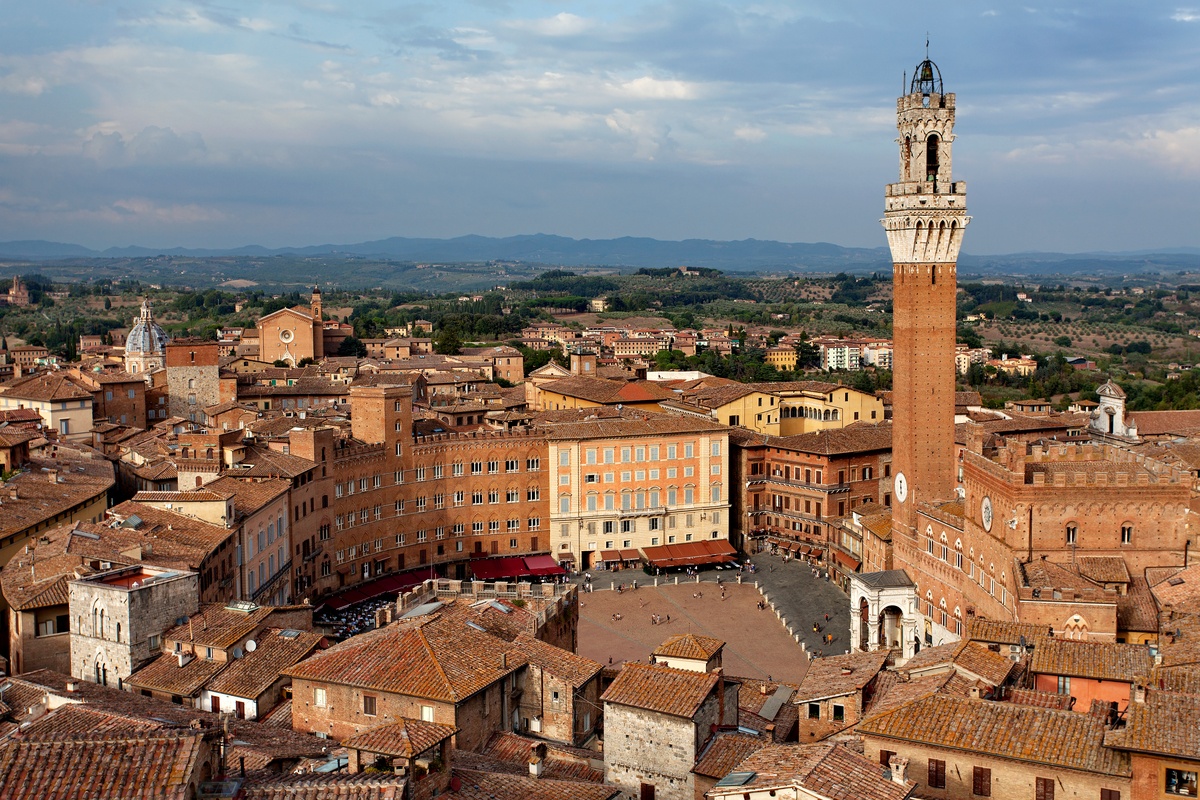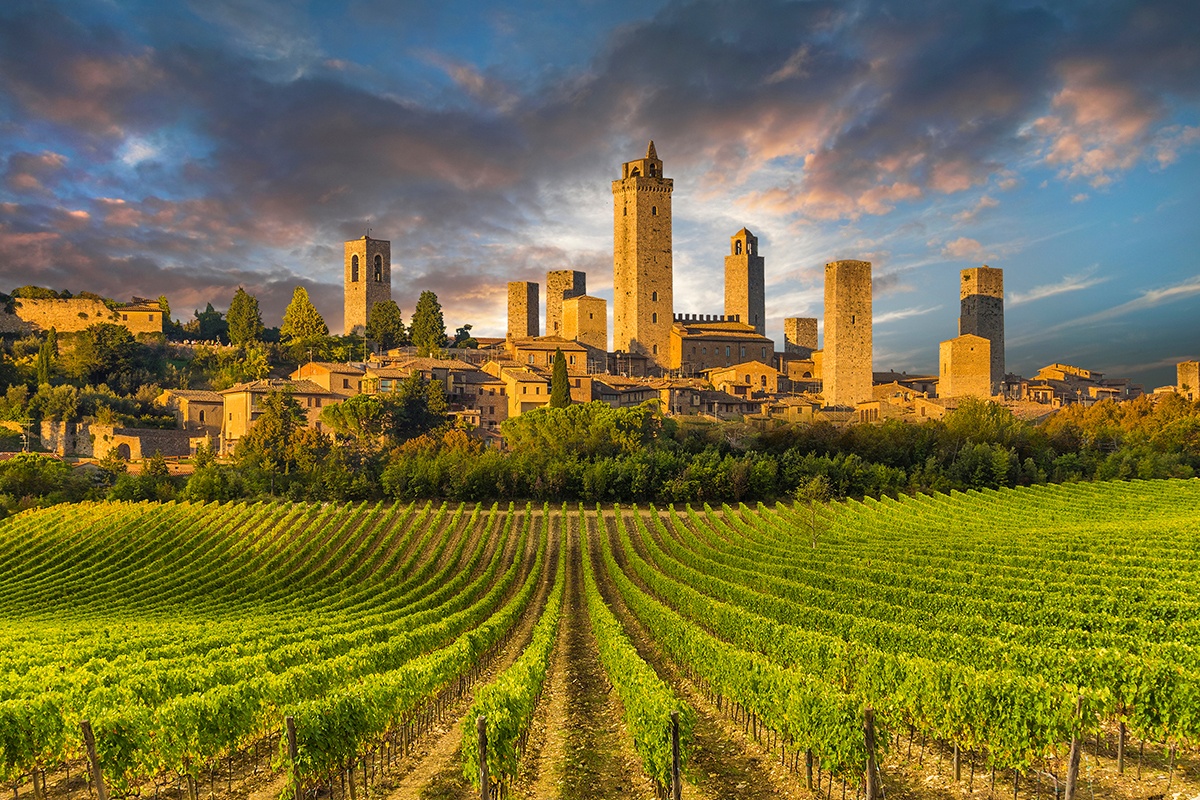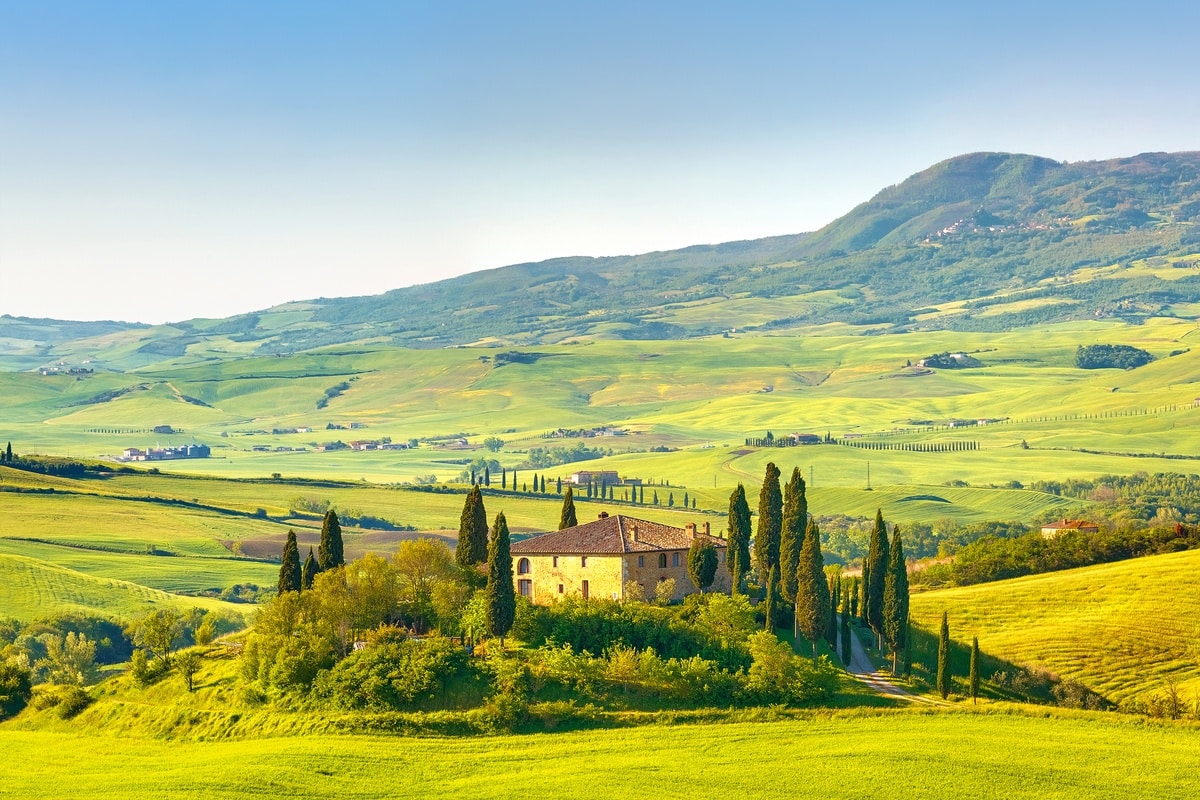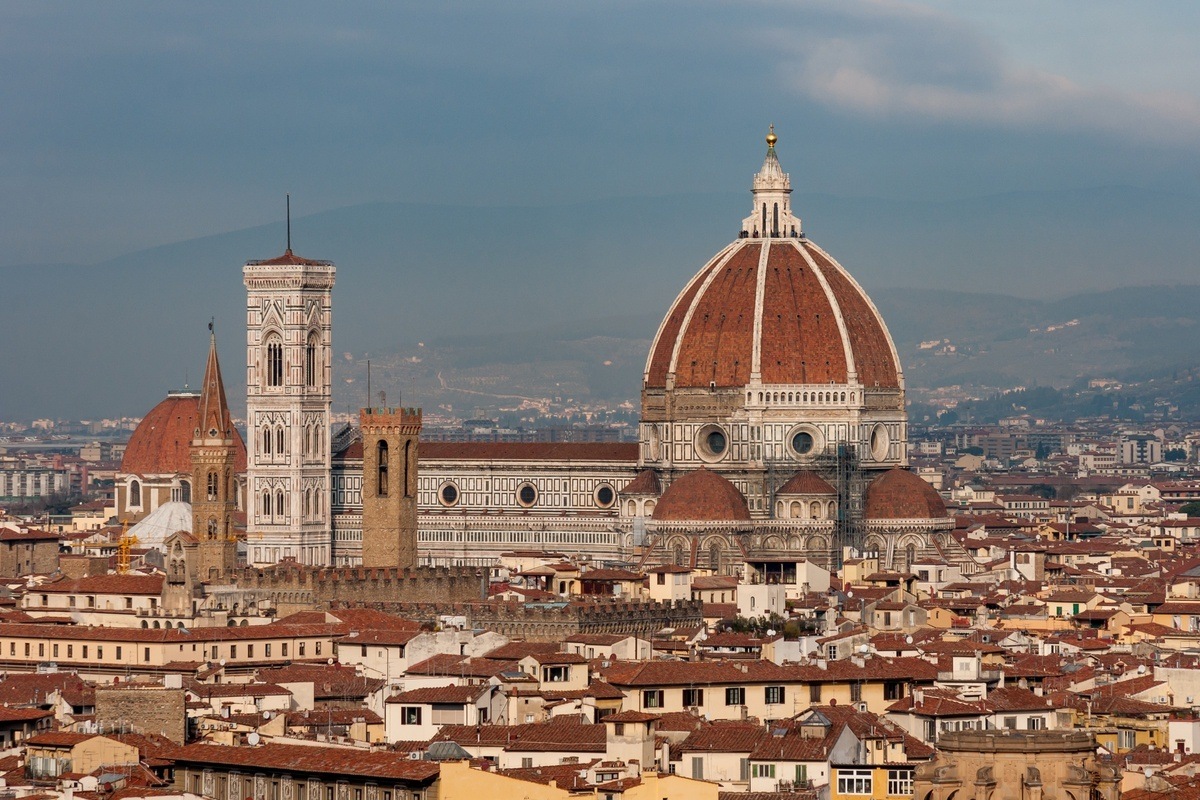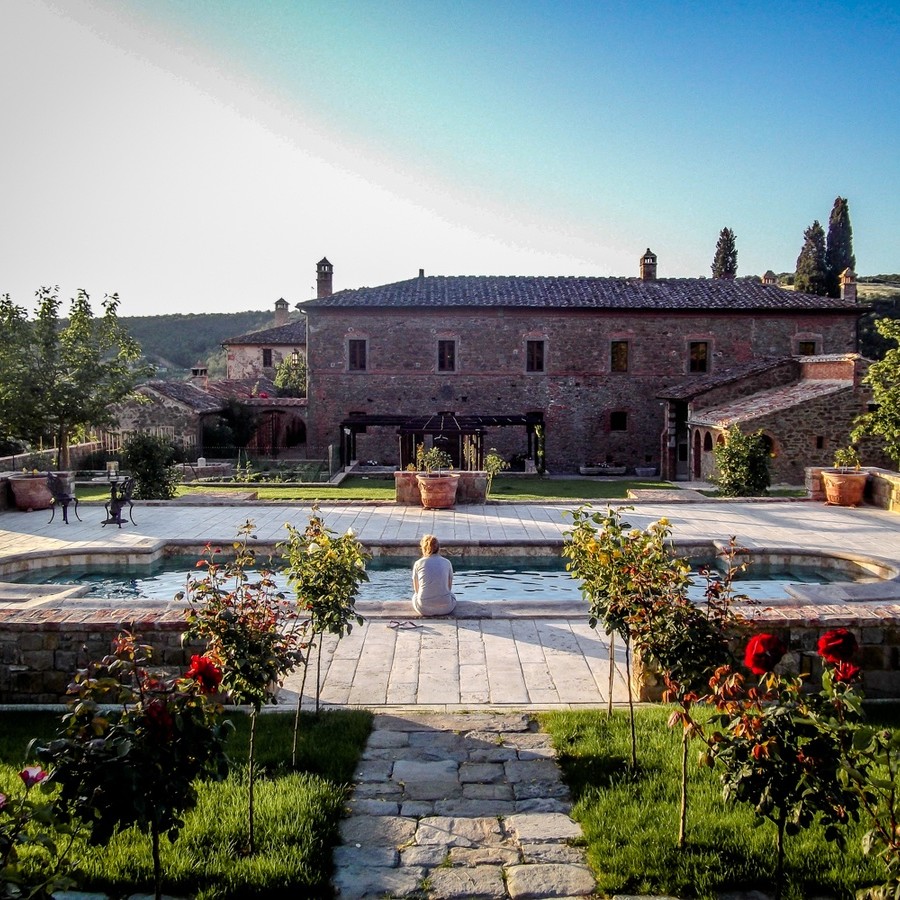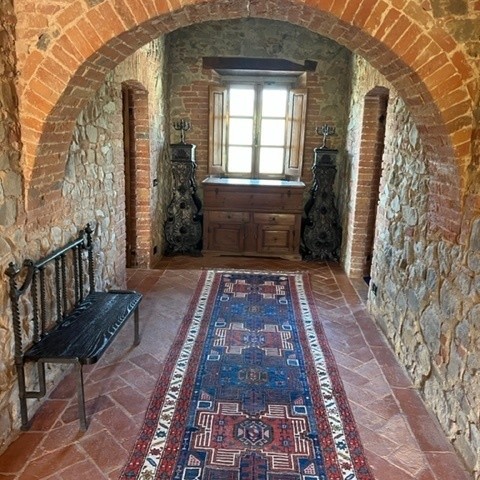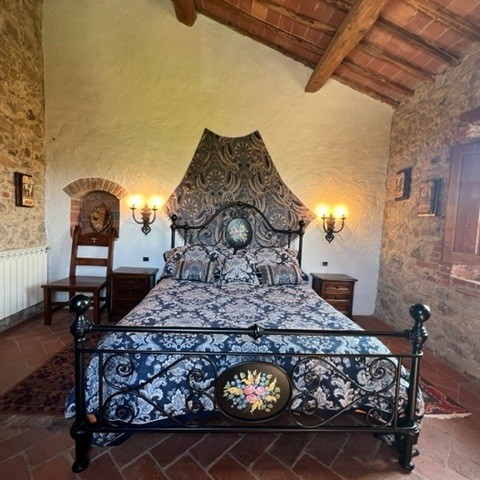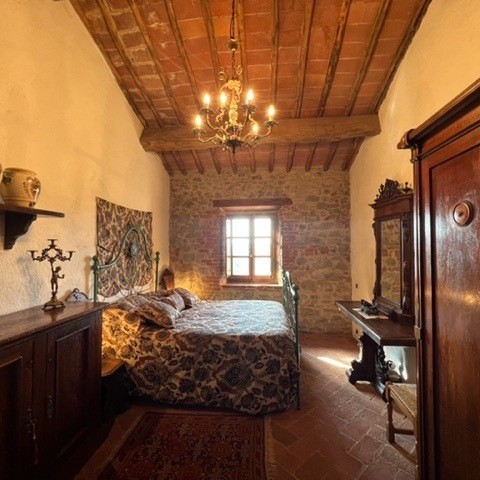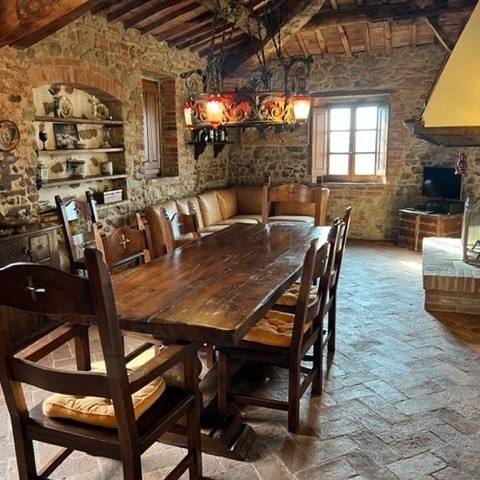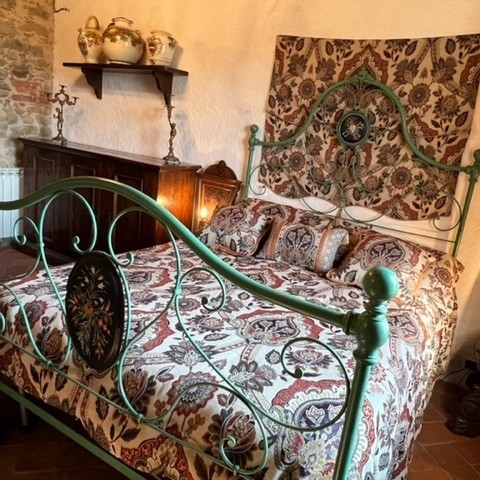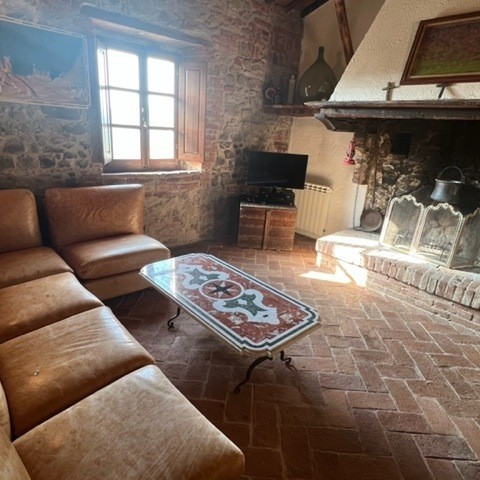
Explore Italy from Castello Monastery’s Central Location
Discover Italy and its stunning surrounding countryside from Monastero Le Vallesi’s central location, near just about everything. Distances by car to:
- Chianti Classico – 20 Minutes
- Siena – 25 Minutes
- Cortona – 30 Minutes
- Piensa – 40 Minutes
- Montalcino – 50 Minutes
- Florence – 60 Minutes
- San Gimignano – 75 Minutes
- Assisi – 75 Minutes
- Rome – 115 Minutes
Siena, A Step back to Medieval Tuscany
Siena is likely Italy’s loveliest medieval city, and a trip worth making even if you are in Tuscany for just a few days. Siena’s heart is its central piazza known as Il Campo, known worldwide for the famous Palio run here, a horse race run around the piazza two times every summer. Movie audiences worldwide can see Siena and the Palio in the James Bond movie, Quantum of Solace.
Siena is said to have been founded by Senius, son of Remus, one of the two legendary founders of Rome thus Siena’s emblem is the she-wolf who suckled Remus and Romulus – you’ll find many statues throughout the city. The city sits over three hills with its heart the huge piazza del Campo, where the Roman forum used to be. Rebuilt during the rule of the Council of Nine, a quasi-democratic group from 1287 to 1355, the nine sections of the fan-like brick pavement of the piazza represent the council and symbolizes the Madonna’s cloak which shelters Siena.
The Campo is dominated by the red Palazzo Pubblico and its tower, Torre del Mangia. Along with the Duomo of Siena, the Palazzo Pubblico was also built during the same period of rule by the Council of Nine. The civic palace, built between 1297 and 1310, still houses the city’s municipal offices much like Palazzo Vecchio in Florence. Its internal courtyard has entrances to the Torre del Mangia and to the Civic Museum. If you feel energetic, a climb up the over 500 steps will reward you with a wonderful view of Siena and its surroundings. The Museum, on the other hand, offers some of the greatest of Sienese paintings. The Sala del Concistoro houses one of Domenico Beccafumi’s best works, ceiling frescoes of allegories on the virtues of Siena’s medieval government. But it is the Sala del Mappamondo and the Sale della Pace that hold the palaces’s highlights: Simone Martini’s huge Maestà and Equestrian Portrait of Guidoriccio da Fogliano and Ambrogio Lorenzetti’s Allegories of Good and Bad Government, once considered the most important cycle of secular paintings of the Middle Ages.
Explore Charming Medieval San Gimignano
San Gimignano, a small walled village about halfway between Florence and Siena, is famous for its fascinating medieval architecture and towers that rise above of all the other buildings offering an impressive view of the city from the surrounding valley. At the height of its glory, San Gimignano’s patrician families had built around 72 tower-houses as symbols of their wealth and power. Although only 14 have survived, San Gimignano still retains its feudal atmosphere and appearance. Recognized as a UNESCO World Heritage Site since 1990, San Gimignano offers visitors the chance to step back in time while enjoying its local products including saffron and its white wine, the Vernaccia di San Gimignano.
Discovering Montepulciano
Standing high atop a hill in southern Tuscany not too far from Siena, Montepulciano is a medieval town of rare beauty highly recommended visiting in Tuscany. The city, full of elegant Renaissance palaces, ancient churches, charming squares and hidden corners, boasts vast panoramas all over the wonderful Val d’Orcia and Val di Chiana valleys that surround it.
Montepulciano’s strategic position makes it a perfect base from which to explore this beautiful corner of Tuscany; from here, you can reach the charming Pienza, the thermal village of Bagno Vignoni, the famous Montalcino and a lot of other enchanting villages in a very short time.
Just be prepared to share the town: Montepulciano has received great attention following the filming of the vampire saga Twilight sequel New Moon here and has seen a notable increase in visitors.
Piazza Grande is the heart of Montepulciano and the setting for its main events, including the barrel-racing Bravio delle Botti contest held in August every year and much more. A walk through Montepulciano is the best way to view the town and its beautiful landmarks as well as enjoy stunning views of the surrounding countryside covered by vineyards producing the famous Nobile!
Chianti: Holidays in the Wine Region of Tuscany
The Chianti area in Tuscany is one of the most beautiful in the whole region, as well as the most well-known and appreciated by visitors from across the world. The borders of the Chianti region are not clearly defined but in general it extends over the provinces of Florence and Siena, covering all of the area between the two cities and extending to the east toward the Valdarno and to the west to the Val d’Elsa. The Chianti wine area extends further beyond the two cities, all around Florence and even toward Arezzo, Pistoia and Montepulciano.
You’ll often find references to the “Florentine Chianti” and the “Sienese Chianti” to define the areas closest to one or the other city, but these often refer to a wine’s origin within the Chianti region.
Chianti offers a unique landscape, with green, gentle hills covered with wide fields of vineyards and olive groves, small stone villages, characteristic parishes and countryside homes in stone.
The Chianti landscapes are so beautiful and particular that they inspire many photographs which then become postcards and calendars distributed across the globe.
Florence: Birthplace of the Renaissance
The most populated City in Tuscany, Florence was a center of medieval trade and finance becoming one of the wealthiest cities of the Renaissance era. It is considered to have been the birthplace of the Renaissance, becoming a major artistic, cultural, commercial, political, economic and financial center. Florence also contains numerous museums and art galleries, such as the Uffizi Gallery and the Palazzo Pitti, which still exerts an influence in the fields of art, culture and politic. The Uffizi is located at the corner of Piazza della Signoria, a site important for being the centre of Florence’s civil life and government for centuries. The Palazzo della Signoria facing it, is still home of the municipal government. The church of San Lorenzo contains the Medici Chapel, the mausoleum of the Medici family—the most powerful family in Florence from the 15th to the 18th century.
The city is also known for its fashion scene, routinely ranked as a top 15 fashion city in the world. Visitors can find a variety of luxury shopping options. Florence was named as the most beautiful city in the World by Forbes in 2010.
For more insider tips, explore Dario and Irina’s Guide to Italy.
